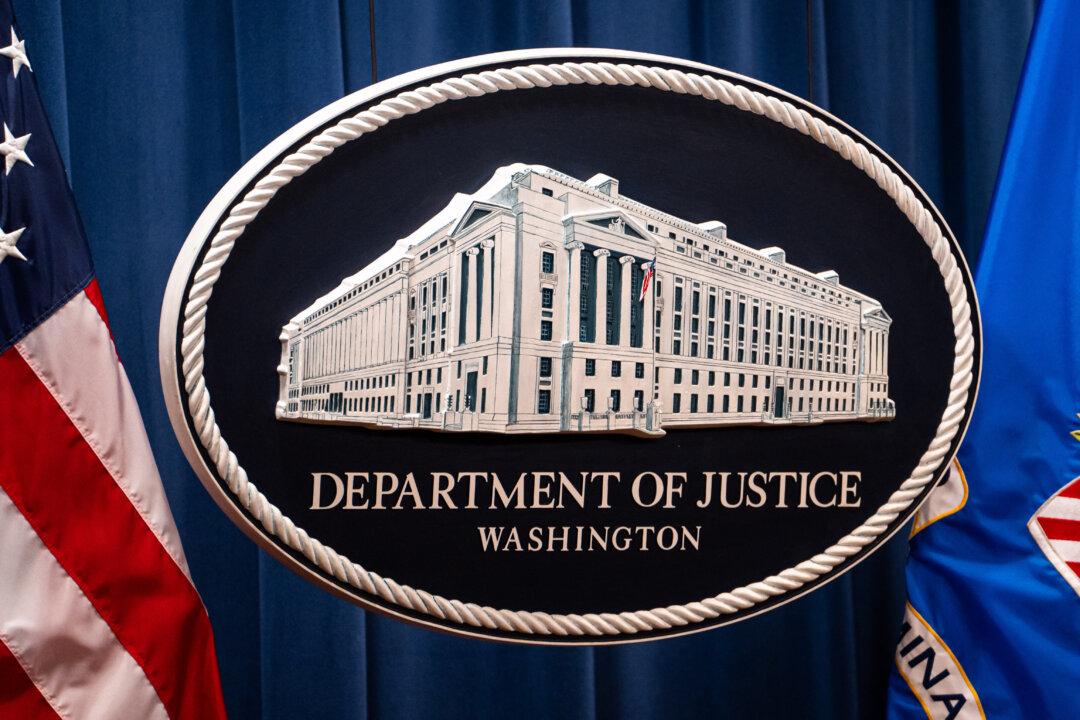Authorities have confirmed that an explosive sonic boom heard by residents in the wider D.C. area came from Defense-authorized supersonic flights responding to an erratic small plane flying through the capital’s restricted airspace.
Federal officials have since said that the supersonic flights were responding to a small plane that crashed into a mountainside in the George Washington National Forest, southwestern Virginia.
“A Cessna Citation crashed into mountainous terrain in a sparsely populated area of southwest Virginia around 3 p.m. local time on June 4,” the FAA said in a statement.
The supersonic response was triggered as the National Capital Region above the greater D.C. area is a Special Flight Rules Area that restricts all flights without Federal Aviation Administration (FAA) permission.
Reports of a sonic boom came from Northern Virginia to Annapolis in Maryland, with many concerned residents calling 911 to report a loud explosion.
During its F-16 response, NORAD said its pilot used flares in an attempt to draw attention from the pilot. The flares may have been visible to the public.
“The civilian aircraft was intercepted at approximately 3:20 p.m. Eastern Time. The pilot was unresponsive and the Cessna subsequently crashed near the George Washington National Forest, Virginia. NORAD attempted to establish contact with the pilot until the aircraft crashed,” the command added.
No Survivors
Authorities found the wreckage just before 8 p.m. after hours of searching the mountainous terrain by foot, as search and rescue flights were not possible due to bad weather, Virginia State Police spokesperson Corinne Geller told reporters on Sunday evening.“No survivors were located,” Geller said in a statement. Rescue efforts have now ended.
According to the FAA, “The aircraft took off from Elizabethton Municipal Airport in Elizabethton, Tenn., and was bound for Long Island MacArthur Airport in New York. The FAA and NTSB will investigate. The NTSB will be in charge of the investigation and provide all further updates.”
Jennifer Gabris, a spokeswoman for the National Transportation Safety Board, said on Sunday night that investigators are expected to arrive on the scene on Monday.
The plane belonged to the Floridian company Encore Motors of Melbourne, Inc., according to FAA records.
They were flying home to East Hampton, Long Island, after visiting him in North Carolina, he said.
His granddaughter was “the only one I have, and the only daughter I have.”
Rumpel has asked the media for privacy at this difficult time as the family grieves their loss.





